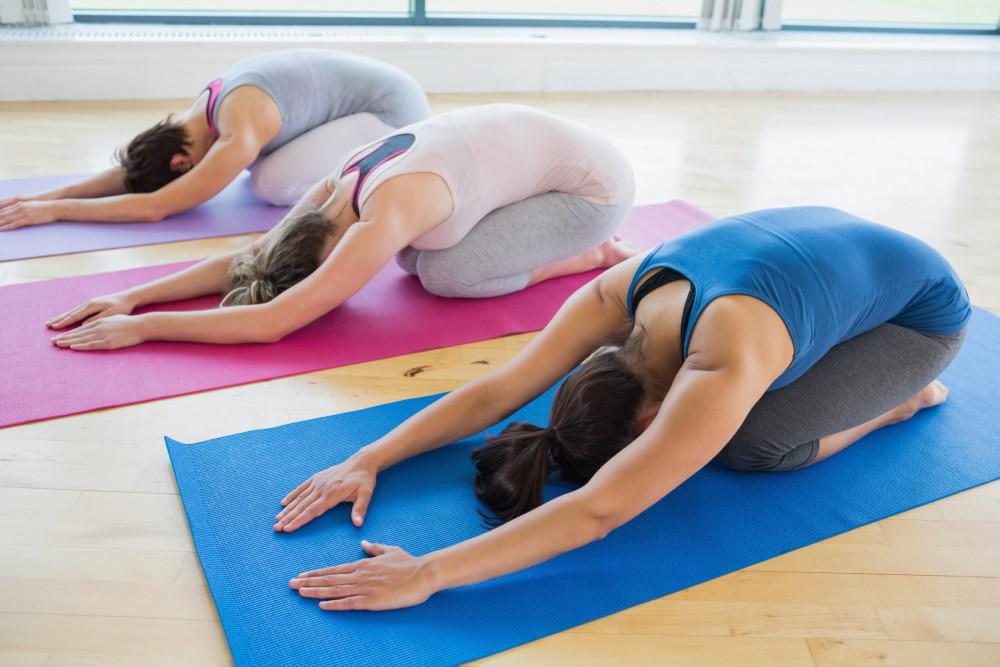RIO DE JANEIRO, BRAZIL – Lumbago, the name given to lower back pain in the lumbar region, is among the most common causes of health disorders in the world. It affects young people and adults, with significant impacts on the patient’s physical, psychological, emotional and social well-being, as well as economic factors and, according to the World Health Organization (WHO), about 80 percent of the world’s population will suffer from this condition.

The good news is that small changes in posture help to prevent and relieve symptoms, such as stretching, care when lying down and lifting, correct posture for picking up and carrying weights, among others. This is shown by Dr. André Evaristo, orthopedist at the Sírio-Libanês Hospital in São Paulo and a specialist in spine surgery.
“Lumbago can be specific, when it results from a fracture or a more serious condition – which needs surgical and drug intervention – and can be non-specific, due to incorrect posture, sedentary habits, wrong exercises, aging, among other factors. In this case, the changes in routine, to correct the postural addiction, may greatly help”, explains the specialist.
The pain may be acute: severe, usually after extensive physical effort and lasting days; or chronic: not very severe, but continuous, lasting weeks. Both may spread to the upper and lower limbs.
Although the spine is divided into separate regions –cervical, in the neck; dorsal, near the rib cage; lumbar, in or near the abdomen; sacral, in the hip; and coccygeal, near the anus — the lumbar region is where the greatest concentration of strength occurs to support the body, so it is more prone to pain.
“When in pain, one should see a doctor, because in an appointment we perform an anamnesis, to learn the patient’s history, and a physical examination, to determine the type and cause. From then on we follow the appropriate guidelines for each case”, comments Dr. André.

Here are five suggestions from the specialist to help relieve and prevent the condition:
1- Postural correction on a daily basis: walk with your spine erect, with straight shoulders, respecting your body anatomy; when sitting, support your back and feet, without slipping; lie down and stand up on your side, with care and use of your hands for support; sleep on your side, with a pillow that supports your neck and aligns your head to your body. When lowering to pick up objects, bend your knees.
When carrying heavy bags, distribute the weight between the two arms. When using a backpack, distribute the weight on both shoulders. With heavy bags and trolleys, push, not pull. When performing activities in high places, try to climb on a bench, so that the back and head remain upright, and the arms to perform the activity are at the height of the head, not higher.
When using the computer, the monitor should be at the level of the eyes. In the case of cell phones, also try to keep at eye level. When driving, support your back and head.
2- When sitting and standing: if sitting, take short breaks to stretch and short walks, such as going to the café or the bathroom; if standing, whenever possible, perform small rotation movements with your feet and ankles. During breaks, look for a place to sit and preferably raise your legs and feet a little.
3- Stretching: stretching prevents tension in the muscles, providing relaxation and well-being.
4- Physical exercises: have a physical education professional to guide your posture and appropriate activities. Aerobic exercises help with weight maintenance. Weight training, if performed correctly, strengthens the muscles that will support the spine.
5- Care with emotional health: “emotional aspects also contribute to a tensioned spine. A depressive situation, for instance, can cause great pains in the body”, alerts Dr. André. If you notice excessive sadness, it is important to seek specialized help.

